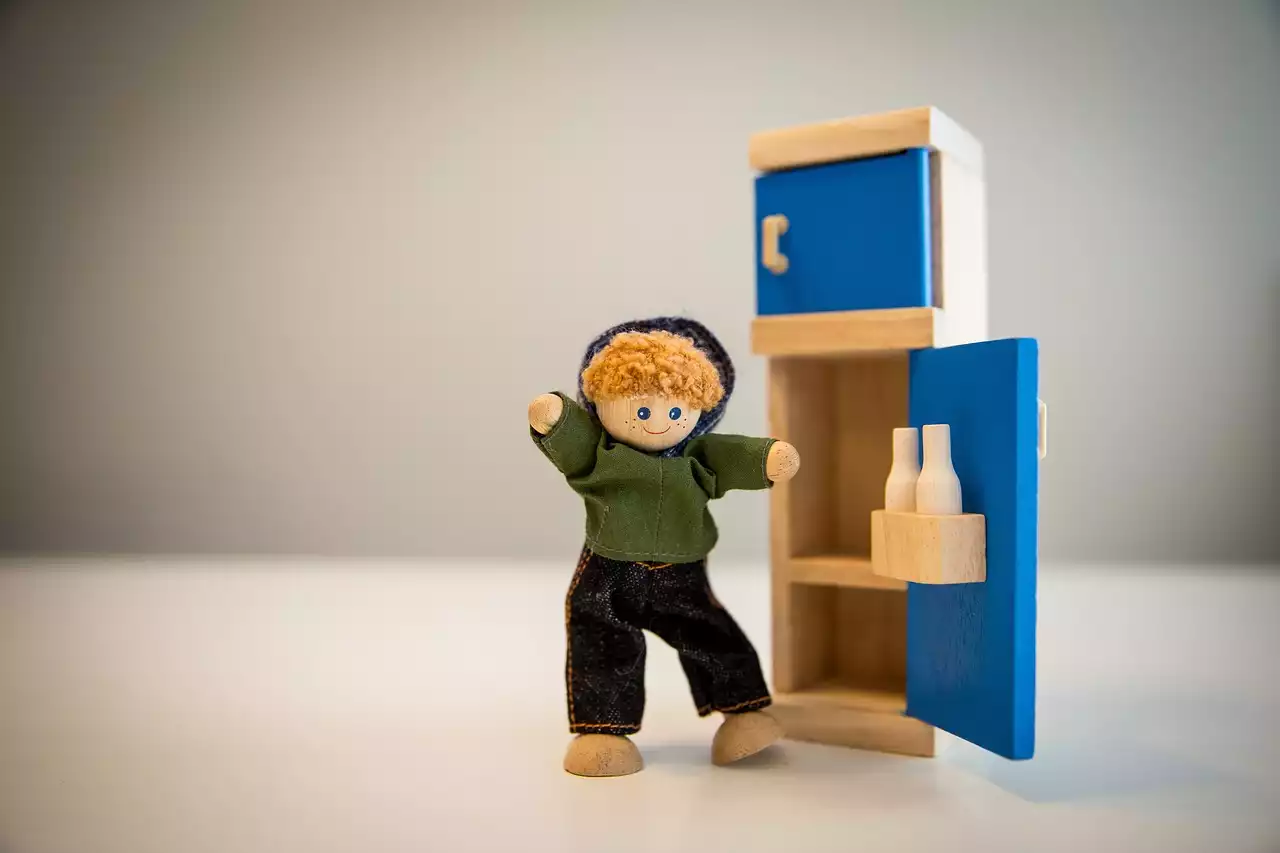What is ADHD?
Attention deficit hyperactivity disorder (ADHD) is a condition that affects people of all ages, though it is often diagnosed in childhood. People with ADHD have trouble paying attention and controlling impulsive behaviours. About 9% of children have ADHD, and it occurs in both boys and girls. While many people “outgrow” their symptoms as they get older, some people have the disorder throughout their lifespan and need lifelong strategies to manage symptoms and lead successful lives. ADHD is a neurological disorder that impacts people’s ability to pay attention, regulate emotions, and control impulses. These are all functions of the prefrontal cortex, the area of the brain that controls these skills. Because the prefrontal cortex of people with ADHD isn’t working as efficiently as it should, they have trouble with these skills.
Causes of ADHD
ADHD is caused by differences in the way certain parts of the brain are connected and regulated. Scientists do not know what exactly causes these differences in the brain. Research has shown that genetics, prenatal and perinatal complications, poor nutrition, and exposure to toxins can all be contributing factors. Some research also suggests that early childhood experiences and parenting practices may be linked to the development of the disorder. In other words, the way people are raised can affect the likelihood that they will develop the symptoms of ADHD later in life. ADHD is not caused by bad parenting or poor childcare.
Symptoms of ADHD
Children with ADHD may exhibit a range of behaviours including trouble paying attention, impulsive behaviours, hyperactivity, and being easily distracted. It is important to note that not all children with these behaviours have ADHD. They may have other conditions that can also cause these symptoms, or they may just be part of normal child development. Parents and caretakers should talk to their doctor if they are concerned their child’s development is not on track. To diagnose ADHD, a doctor will take into account the child’s developmental stage (e.g. whether the child is at the right age to be able to perform certain skills), the severity of the symptoms, and whether the child’s environment is supportive and nurturing. Here are a few examples of symptoms that may indicate a child has ADHD: Trouble paying attention to tasks or instructions Failing to finish schoolwork or household tasks Fidgets or squirming often Can’t seem to stay seated Is easily distracted trouble following directions Excessive talking or interrupting others Doesn’t finish what they start Noisy play Does not seem to understand the consequences of their actions
Diagnosis of ADHD
Like all disorders, a diagnosis of ADHD is a clinical judgement based on a set of criteria. Since symptoms of the disorder can be caused by other medical conditions or developmental issues, medical experts use a set of standardized guidelines (a “checklist”) to determine whether or not a person has the condition. The guidelines look at the following information: Age and developmental stage of the person (e.g. whether they are in the correct age range to be able to do certain things) Severity of the symptoms The impact of the symptoms on the person’s life (e.g. whether they have significant difficulties in their life due to the symptoms) The presence of other medical or developmental conditions that might explain the symptoms The assessment is meant to help doctors rule out other possible explanations for the symptoms.
ADHD Treatment
There is no one-size-fits-all approach to the treatment of ADHD. The approach that works best is one that recognizes and takes into account the needs and abilities of each individual. This may mean that the treatment plan changes over time, as the individual and their needs change. The first step in treatment is for the doctor to assess the needs of the individual and tailor the treatment accordingly. The doctor will also explore the possibility of other issues that may be contributing to the feelings of distress and unhappiness. Once the doctor has made a diagnosis and devised the treatment plan, it is important for the individual and the people around them to be aware of the treatment, and how it may affect their day-to-day lives. Educating family members and friends on the condition can help them to understand the challenges faced by the individual, and provide them with tools to help support and encourage the individual.
Parenting Tips for ADHD Children
While there is no cure for ADHD, there are ways to manage the symptoms and help children and teens lead happy and successful lives. Below are a few tips to help manage the symptoms and provide support for a child with ADHD needs: Create a daily routine: Routine and structure are important for children with ADHD. They help them to feel secure and calm and reduce the distractions and problems they face in everyday life. Make sure your child has a set bedtime that is appropriate for their developmental stage. Establish consistent daily routines for meals, homework, chores, and extracurricular activities. Don’t overload your child with too many activities. It is important to strike a balance between being productive and having plenty of downtime. Help your child set attainable goals and identify their strengths and weaknesses. This will help them to build self-confidence, and feel proud of their accomplishments.
Setting Expectations and Boundaries
Children with ADHD may struggle with impulse control and may act without considering the consequences of their actions. They may be impulsive and impatient, and have trouble communicating and waiting their turn. They may not fully grasp the concept of telling time, losing things, or keeping track of assignments. These issues can lead to problems at school, at home, and with friends. Parents can help their children overcome these challenges by setting clear expectations and providing positive and consistent feedback. Setting clear expectations can help to prevent misbehaviours, and encourage positive actions. For example, if your child always forgets to bring home their homework, set a clear expectation that they must bring it home each night.
Building Self-Esteem for Children with ADHD
Children with ADHD may struggle with self-esteem, especially when they are teased or bullied, or when they are compared to their peers. This can lead them to feel sad, frustrated, and angry. Parents can help their children build self-esteem by praising them for their strengths and accomplishments, and by offering support and encouragement when they face challenges. Talk with your child about their strengths and interests, and how they can use these to help them feel more confident and proud of who they are. Find positive ways to encourage your child to reach their full potential. Praise your child when they do well, help them find mentors and positive role models, and support them when they need help or encouragement.
Dealing with Challenging Behaviors
Children with ADHD often have trouble regulating their emotions and may have tantrums or meltdowns when they feel overwhelmed. These types of challenging behaviours are common in individuals with ADHD and can be difficult to manage. Parents should try to de-escalate the situation, and offer positive and consistent feedback to help their child regain control of their emotions and actions. Try not to take the behaviour personally. Remember that your child is not challenging you because they want to upset you. The frustration and feelings of being overwhelmed are taking over, and your child is unable to cope with them in a healthy way.
Managing Stress and Taking Care of Yourself
As a parent, you may often feel like you are running on empty. Raising a child with ADHD can be stressful, time-consuming, and challenging. Parents can help ease the stress in their life by making time for self-care. It is important to take time out of your day to do the things that help you relax and re-energize.










